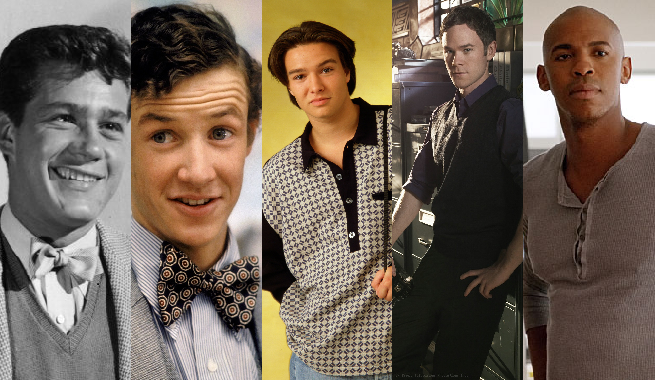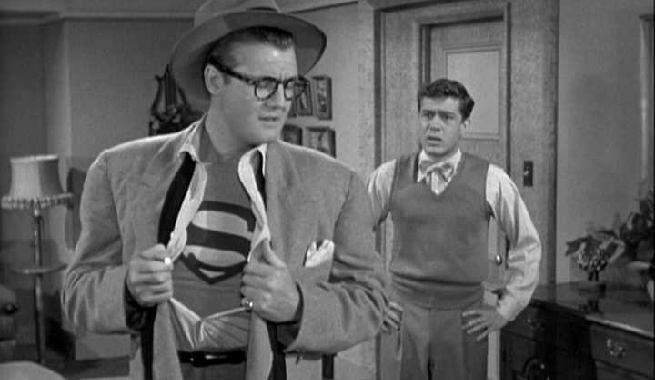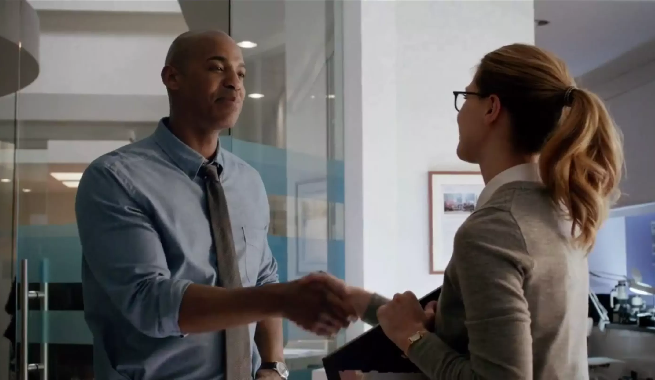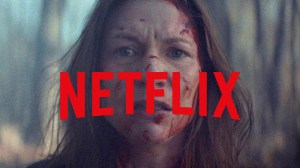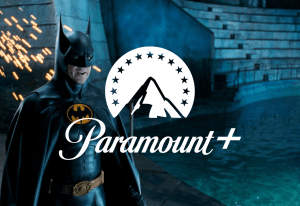Mehcad Brooks’ casting as Jimmy Olsen in CBS’s upcoming Supergirl series caused a minor consternation among fans of the Superman mythos. Brooks’ Olsen, they argued, is too broad-shouldered, tall and easy on the the eyes. To some, it’s too signifiganct of a departure from the character’s past interpretations, where he is the dorky companion to Clark Kent and frequent “damsel in distress” to Superman. But, is Jimmy Olsen’s wimpy physique truly part of his character? Does Jimmy Olsen really need to be a dorky character to “be” Jimmy Olsen?
Videos by ComicBook.com
Olsen first appeared, not in the Superman comics, but rather the Adventures of Superman radio show. Producers created Olsen as a narrative crutch, a young and naïve character to whom Superman could explain villainous plots or shocking twists. While DC shuffled Olsen into the comics’ continuity along with other elements from the radio show, the character didn’t gain any real prominence until the George Reeves’ Adventures of Superman television series in the 1950s. As portrayed by actor Jack Larson, Olsen was cut from the same cloth as other youthful television characters of the time like Opie Griffith or Davey Hansen. Earnest, naïve, loyal, hardworking but prone to occasional bouts of immaturity, Larson’s Olsen was the first truly “defining” version of the character. Still, the television version of Adventures of Superman used Olsen as comic relief, damsel in distress and a stand in for youthful television viewers in equal parts.
Olsen’s personality in the comics became intertwined with Larson’s version of the character. DC launched a new series starring Olsen and kept the character’s signature bowtie, tweed jacket and earnest mannerisms. At first, Olsen behaved similarly to other youthful characters of the day such as Robin or Snapper Carr. Olsen was an avatar for youth culture, meant to emulate the teenage boys reading the comics. But as time went on and other characters’ personalities shifted to emulate the youth subcultures of the day, Olsen remained firmly planted in the 1950s. While DC’s other books moved away from the campiness of the Silver Age, Olsen’s comic inexplicably celebrated in it, which led to the now popular belief that Olsen was a “dorky” character. DC would eventually drop the most extreme outdated aspects of Olsen’s character in the 1970s, but as fans of those Silver Age comics became writers themselves, the character would occasionally lapse back into bowties and tweed.
Despite Olsen’s “dorky” label in the comics, his television and movie appearances largely used him as a stand in for the youth of the era. The Christopher Reeves’ Superman series featured an Olsen who, while initially sporting a bow tie, would shift into the casual clothing of the 1970s and 1980s. As portrayed by Marc McClure, Olsen was a bit overearnest, but serious in his pursuit of journalism and “the perfect shot”. Later live action versions of Olsen were even more varied in personality. The nostalgia heavy Superman Returns features a goofy, bow tie version of Olsen that homages Larson’s version of the character, while Lois and Clark portrayed Olsen as a cocky, sarcastic Generation Xer. The Smallville version of Jimmy Olsen was atypical of WB/CW Network characters of the early 2000s. Played by the good looking Aaron Ashmore, Olsen was a serious romantic alternative to the equally hunky Clark Kent.
DC has also flexed Olsen’s character in the comics. Olsen’s personality ranges from youthful slacker to goofy computer whiz, depending on the whims of the writer and the story. In Superman: Earth One, Olsen is an extreme photographer, willing to face down an alien invasion for the perfect shot. In the currently running Superman: Truth arc, Olsen acts as confidant and friend to Superman, assisting Clark Kent as he tries to navigate his double identity. Outside of some outside mentions of video games, neither version of Olsen is what you’d typically define as “dorky”.
So what characteristics truly define Jimmy Olsen and how does this play with the older, hunkier version seen in the new Supergirl series? Three defining characteristics stand out in the examples I mentioned previously: he’s a journalist, he’s naïve/earnest, and he’s a stand in for youth culture. At first glance, Mehcad Brooks’s Olsen only meets one of the three criteria. He’s a photojournalist sure, but Melissa Benoist’s Supergirl seems more apt to represent her generation, and she certainly seems more naïve than Olsen’s character.
But maybe Brooks’ Olsen represents a different aspect of “youth culture”, or at least the twenty-something generation that CBS hopes will watch the show. If Benoist’s Supergirl represents the fresh faced, transitioning, twenty something, Brooks’ Olsen represents the established twenty something on the cusp of adulthood. Supergirl’s Olsen still represents youth culture, just a different aspect. Supergirl’s Olsen might still play video games, but he does so in the living room of his condominium that he bought with the salary from his well-paying job. Olsen is sexy because he goes to the gym, he knows who he is, and he has an established wardrobe that fits him. And, judging from the trailers, Olsen still possesses that quality of earnestness, which he shows in his genuine desire to assist Supergirl. In Supergirl, earnestness is portrayed as an appealing and attractive characteristic, as opposed to a turn-off in previous films.
Jimmy Olsen is an ever evolving, ever changing character. He’s not bound to the strict rules that define more prominent characters like Batman or Superman. Olsen’s new, sexier iteration evolves the character. His earnestness and youth are no longer obstacles, they’re assets that will make him more exciting than ever. Anyone who wants to see their comics evolve with society should embrace the new Jimmy Olsen, as he’s not going anywhere.

